
Knowledge
14 Different Types of Casting Processes
Casting is a basic manufacturing procedure that entails molding molten material into the desired shape inside of a mold. There are different types of casting processes, including: sand casting, die casting, and investment casting. Each method offers various solutions for various industries while boasting its own advantages and disadvantages. For example, sand casting involves creating a mold out of sand, while die casting involves using metal molds for high-volume production. Investment casting is known for its intricate designs, which combine wax patterns with ceramic molds.
Listed below are 14 different casting techniques, their definitions, importance, and brief discussions on how they work.
1. Sand Casting
The versatile metal forming technique of sand casting uses non-reusable sand molds to produce intricate metal castings. It's an essential method for creating metal parts in various sizes, ranging from ounces to tons. This technique is indispensable in many different industries because it excels at shaping alloys with high melting temperatures, such as: steel, nickel, and titanium. Inexpensive and recyclable materials are combined to make up molding sand with exceptional heat resistance. Silica is the preferred casting sand, though chemically bonded systems and green sand are also used. The effectiveness of the mold in maintaining its shape and producing high-quality castings depends on key characteristics like strength, permeability, and flowability. To learn more, see our guide on Sand Casting Manufacturing.
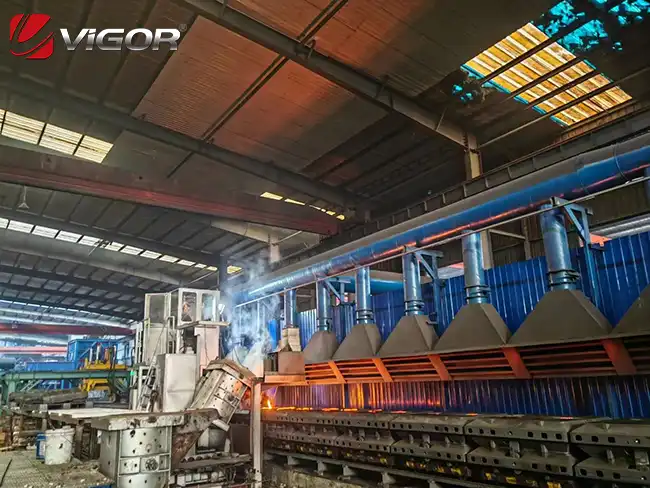
2. Die Casting (Pressure Die Casting)
Modern metal processing methods like high-pressure die casting involve quickly and rapidly filling a mold with molten metal to create castings. It boasts strong mechanical properties, minimal machining, high production efficiency, and excellent surface finish. Key process parameters include: time, temperature, speed, and pressure. Filling capacity and specific pressure have an impact on compactness. Mold temperature has an impact on cooling speed and surface quality. The manufacturing of toys, appliance parts, and automotive housings are just a few examples that make use of pressure die casting.
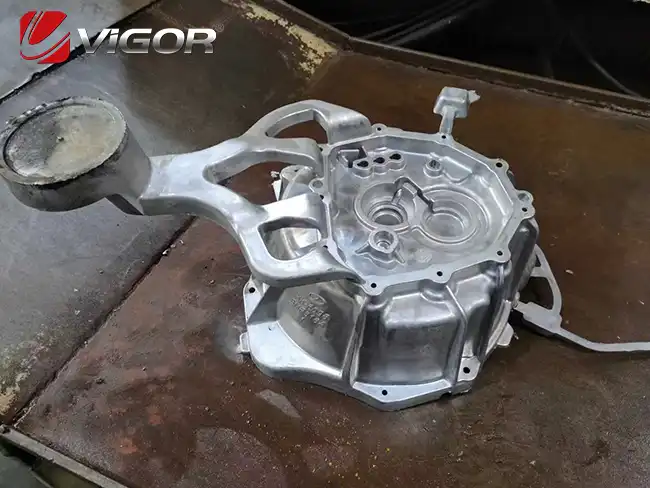
3. Investment Casting
Investment casting, a meticulous method, crafts ceramic molds around wax patterns, in order to serve as encasements for molten metal. Multiple wax patterns can be melted onto a gate system, and then a layered casing is created by submerging the pattern(s) in slurry and sand. After the wax is removed, molten metals like stainless steel or aluminum are poured in to create intricately detailed copies. Investment casting efficiently creates complex parts that are difficult for other processes to produce; the advantages include: undercuts, fine detail, and smooth finishes. Investment casting has developed from its ancient roots to modern applications to become an essential technique used in a variety of industries, preserving fine craftsmanship and enabling effective large-scale manufacturing. To learn more, see our guide on What is Investment Casting.
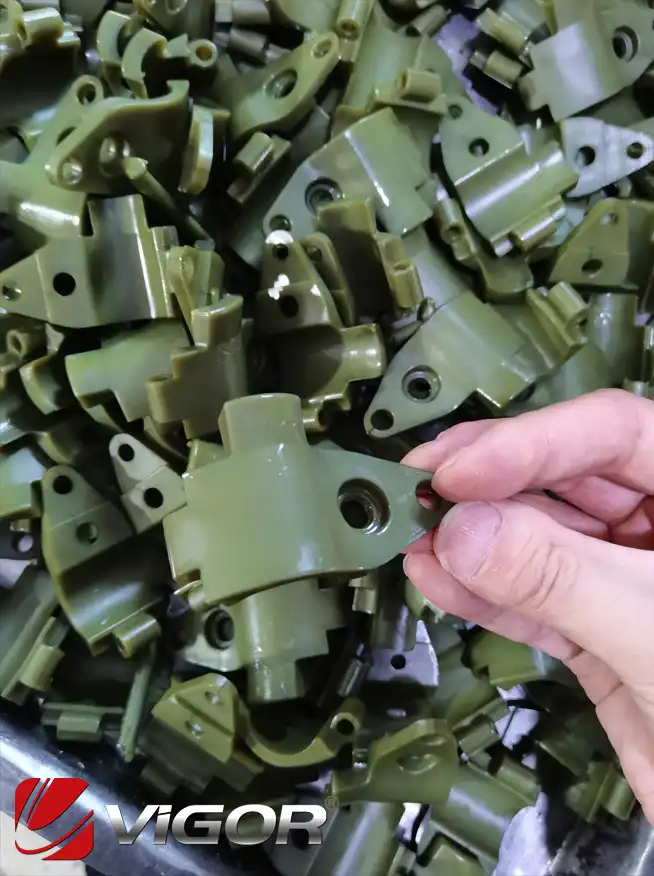
4. Permanent Mold Casting
Permanent mold casting also known as Gravity Die Casting, it is a method of casting metal that produces accurate, high-quality castings using reusable molds made of materials like steel or iron. It is widely used in sectors like automotive and aerospace that demand complex shapes, large volumes, and superior mechanical properties. Cost-effectiveness, fine-grained structures, smooth finishes, and intricate designs are some of its advantages. Initial costs, a lack of material compatibility, and problems with heat transfer are obstacles. Innovations include CAD, hybrid processes, and 3D printing for making molds. Applications benefit from improved durability, accuracy, and customization in the automotive, aerospace, and medical industries. To learn more, see our guide on Permanent Mold Casting.
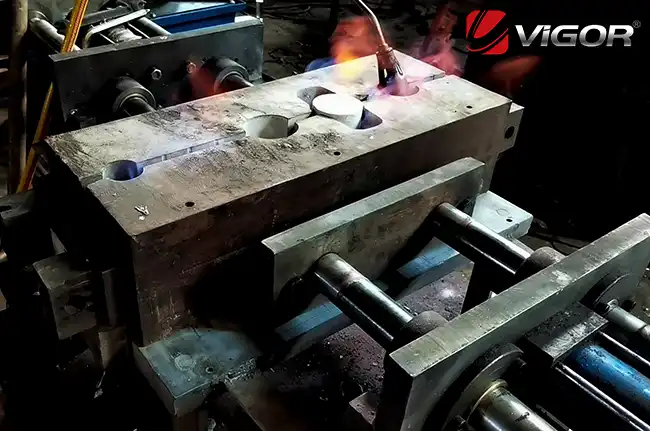
5. Shell Molding
A thin mold is made around a heated metal pattern as part of the precision casting process known as shell molding. Dry silica sand combined with a thermosetting resin forms a shell—that is about 6 mm thick—around the pattern. This shell is then dried, stripped, and joined to form a cavity for pouring molten metal. For the mass production of thin-walled castings, shell molding is the best option because it offers dimensional accuracy and a superior surface finish. Despite being more expensive than green-sand molding, it produces metallic patterns with high-quality results that guarantee intricate details and reliable results.
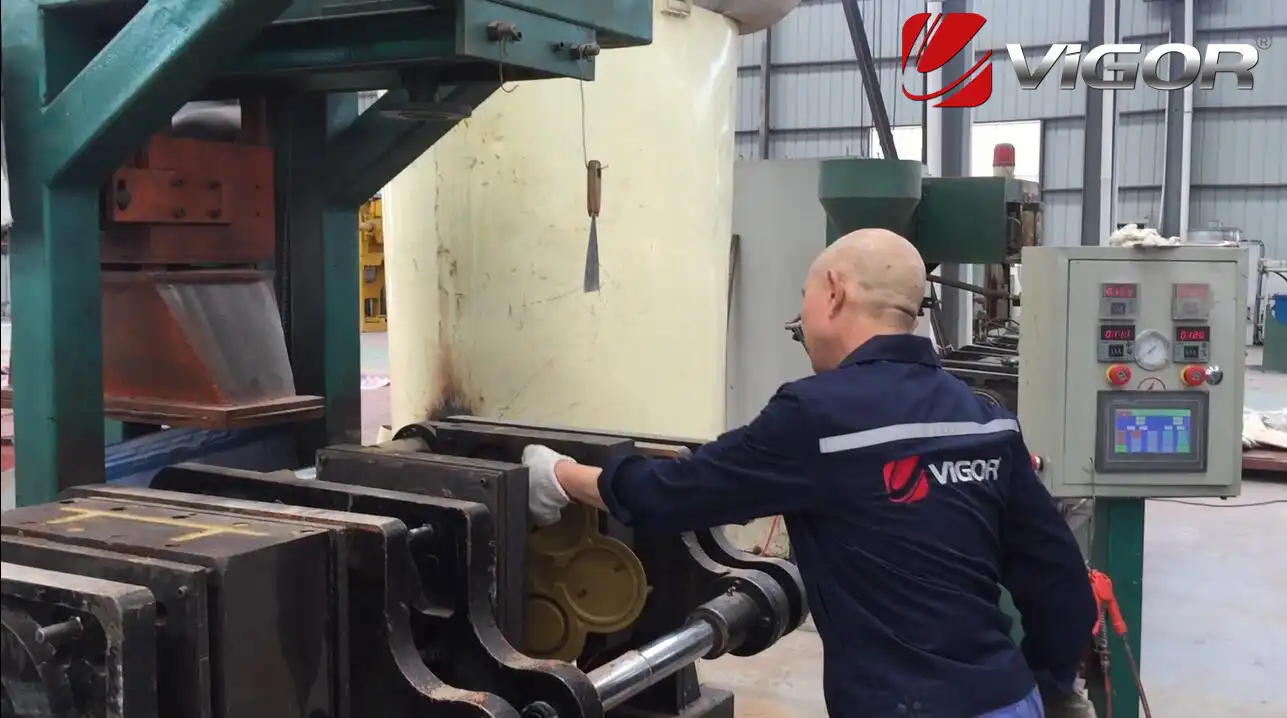
6. Lost-Foam Casting
In lost-foam casting, molten metal is poured into a foam mold (that evaporates during the pour) which is encased in sand. The mold is made of carved, machined, or injection-molded polystyrene foam. The waste gas can escape into the sand because the ceramic refractory coating is made permeable to a degree. The lost-foam casting process allows for complex shapes and thin walls at a lower cost and with less lead time and machining requirements than many other casting methods. Complex CAD designs and constrained part sizes, however, present difficulties. This process is used by a variety of industries, including: the arts, defense, and automotive, to produce a wide range of parts, including circuit boards, sculptures, and automobile components.
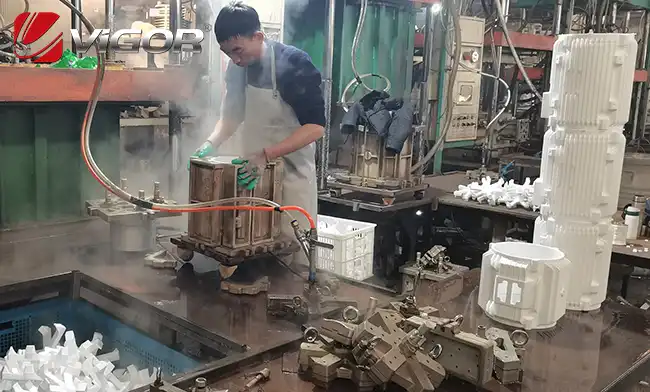
8. Centrifugal Casting
The centrifugal casting method, also referred to as roto casting, is used to create thin-walled cylinders from materials like metal, glass, and concrete. It produces a fine-grained casting with rotational symmetry by rapidly rotating a permanent mold while pouring molten material. Instead of producing custom-shaped parts, the centrifugal casting method is often employed to produce standardized stock materials for further machining. It was created in 1852 by Alfred Krupp and is used to make things like pipes, flywheels, and cylinder liners.
9. Vacuum Casting
Vacuum casting, also known as polyurethane casting or urethane casting, uses silicone molds to produce rubber and plastic components in a vacuum. This adaptable method creates bubble-free castings with smooth surfaces by mimicking injection molding. Rapid prototyping and low-volume production of complex parts benefit the most from its use. Numerous resin options are available for vacuum casting, which also has uses in the automotive, aerospace, and product design verification industries. Vacuum casting has advantages in terms of flexibility and cost-effectiveness, but it's important to take mold wear and shrinkage rate into account. The ability to produce intricate features and additive manufacturing are examples of innovations.
10. Low-Pressure Casting
Low-pressure die casting (LPDC) is a metal casting process in which molten metal is poured into a die-cast mold at low pressure, typically 20 to 100 kPa. This method continuously fills the die cavity to account for volume shrinkage during solidification, maintaining high accuracy. The castings are pure due to LPDC producing little slag and less oxidation. LPDC is particularly adept at creating intricate geometries with sharp contours and smooth surfaces. It has limitations in the production of thin-walled parts and slower cycle times, despite its benefits in accuracy and formability. Automotive parts like cylinder heads, blocks, and wheels, as well as everyday kitchen appliances like pressure cookers, are just a few examples of the many applications in which LPDC can be used. To learn more, see our guide on Low-Pressure Casting.
11. Squeeze Die Casting
Squeeze die casting, a combination of casting and forging processes, uses high pressure to solidify molten metals between hydraulic press plates. It produces nearly net-shaped casting that is almost pore-free and highly dense. The two primary types, direct and indirect, each have unique advantages. Indirect casting is similar to high-pressure die casting, whereas direct casting involves pouring metal into the die and pressing it under pressure. The process results in improved mechanical properties, shorter production cycles, and better metallic properties. Material selection varies, with aluminum, magnesium, and copper as common choices. Squeeze casting finds applications in automotive parts, aircraft components, and more.
12. Plaster Casting
Plaster casting, also known as plaster mold casting, creates molds using a gypsum mixture and additives. A rubber or metal pattern coated with anti-adhesives serves as the mold's basis. The mold is created by pouring, setting, and removing the pattern from the plaster. The plaster is removed after the metal has cooled after being poured into the mold. It allows for intricate parts and provides precise shapes with little scrap. Plaster molds produce smooth surfaces, are disposable, and work best with non-ferrous metals. Applications include: prototypes, short-run aluminum/zinc production, gears, valves, ornaments, and lock components.
Vigor has a professional mechanical department and professional mechanical engineers who have been deeply involved in the forging and casting industry for many years, which provide deep technical support for our products. Vigor's professional team can provide you with a variety of casting processes to choose from, our engineers will also give you the most professional advice from many aspects such as design and manufacturing, if you are interested in casting and forging machinery products, please do not hesitate to get in touch with us to get the best quality products and the most professional technical support.
13. Continuous Casting
Continuous casting creates uniform, fine-grained, solid shapes with superior physical properties by quickly cooling molten metal inside a vertical or horizontal mold. This technique minimizes contaminants while maximizing yield because it uses gravity to ensure a steady flow. Although various configurations like squares and hexagons can be made, tubes and solids are the most typical shapes. When the metal has cooled after entering the mold and reached the desired length, it is continuously extracted. Continuous casting excels at producing high-density, pressure-resistant products for applications requiring precision and structural integrity. While continuous casting provides benefits like effective stock utilization and dimensional consistency, mold costs and suitability for particular alloys and quantities should be taken into account.
|
元素路径:
|
字数统计 |
|



